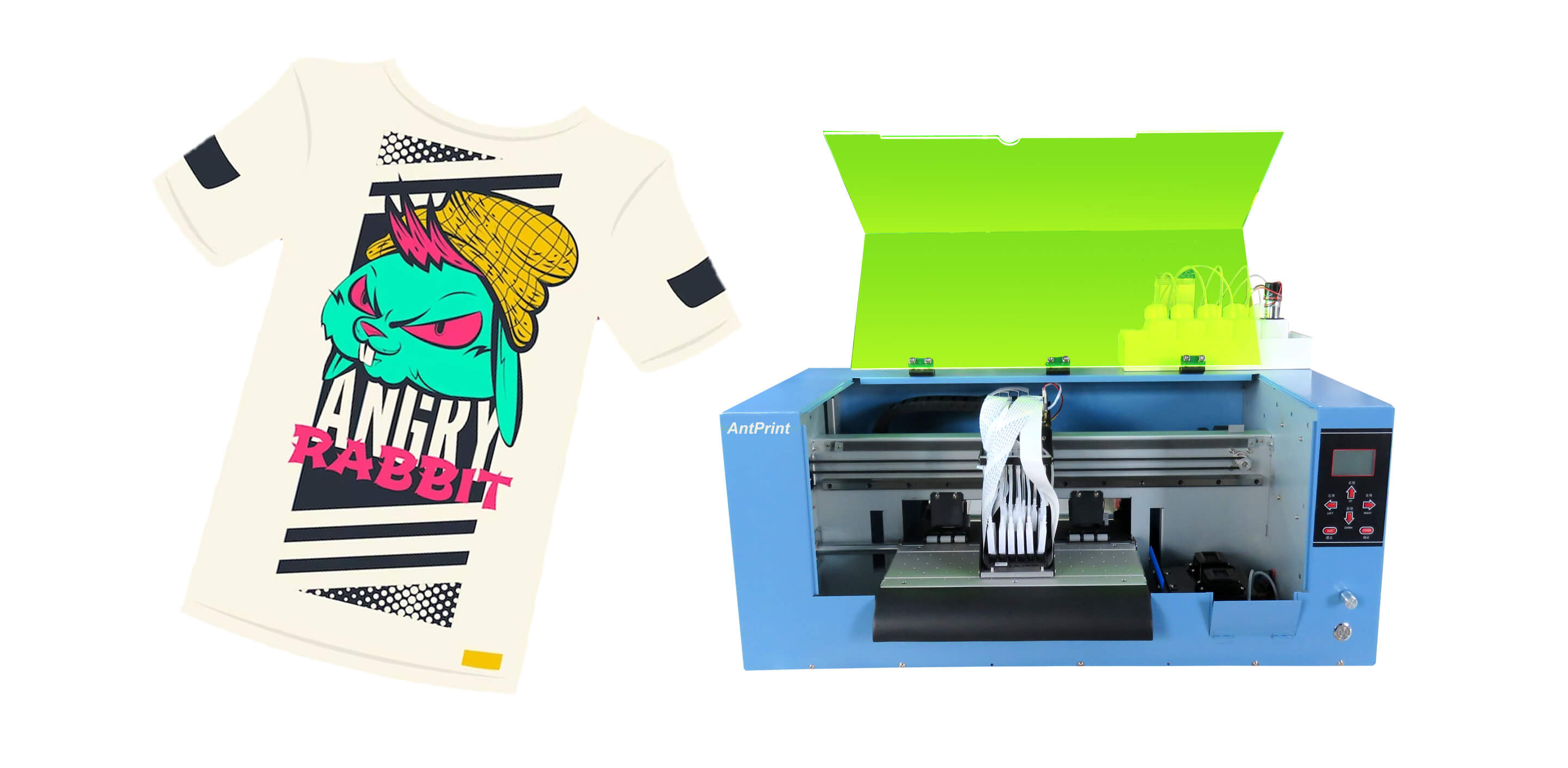Learn the foundations of product creation with print on demand platforms.
Learn the foundations of product creation with print on demand platforms.
Blog Article
Recognizing Exactly How Digital Printing Transforms the Printing Industry
The printing industry, long steeped in conventional methods, is undergoing a radical transformation with the development of electronic printing. With its possible to spur interaction via personalized material and to supply sustainable services, it's clear that electronic printing is more than a technical advancement; it's a pivotal game changer.
The Advancement of Digital Printing: A Brief Summary
Considering that its inception, digital printing has actually gone through substantial improvements, continuously reinventing the printing industry. With the introduction of the 90s, electronic printing modern technology started to mature, and the sector experienced the introduction of direct imaging presses, which eliminated the requirement for printing plates. As the brand-new millennium unfolded, developments in innovation further stimulated the growth of digital printing, leading to the development of high-speed inkjet printers.

Unpacking the Technology Behind Digital Printing
Looking into the complexities of digital printing innovation, one encounters a rich tapestry of sophisticated equipment and complicated algorithms. At the heart of this procedure lies a digital picture, which is processed by software application that splits it right into a grid of dots. These dots are then exchanged a digital code. This code is interpreted by the printer, which uses it to exactly transfer droplets of ink onto the substrate. The beads are so tiny and precise that they create an image that is basically indistinguishable from the original. This elaborate system, strengthened by advanced software program and high-resolution imaging, has changed the landscape of the printing market, paving the means for unmatched levels of information and accuracy.

The Advantages of Digital Printing for Organizations
Comprehending the modern technology behind digital printing supplies a clear image of its accuracy and detail. For services, this equates right into countless benefits. To start with, electronic printing supplies unmatched rate, allowing firms to meet tight deadlines without compromising on high quality. Next, it decreases prices as there are no plates or physical setup, making helpful hints it excellent for small-volume printing tasks. In addition, this modern technology provides superior uniformity with each print output, eliminating variations frequently seen in traditional techniques. Finally, electronic printing is eco pleasant, using less ink and site here producing much less waste. However, the complete capacity of electronic printing is recognized when used for customization and personalization, a topic that will certainly be covered comprehensive in the following section.
The Role of Digital Printing in Customization and Personalization
While conventional printing approaches deal with modification and personalization, digital printing stands out in these locations. It enables for the simple modification of styles, without the need for pricey and lengthy plate modifications (print print on demand on demand). This makes it possible for organizations to customize products to individual clients, meeting details requirements and improving client fulfillment
Digital printing likewise enables variable data printing, where elements such as text, graphics, and photos might be altered from one published piece to the following, without slowing down the printing procedure. This is specifically valuable for straight advertising projects, where individualized messaging can substantially enhance response prices. By doing this, electronic printing not just transforms the printing market however also changes the method organizations connect with their consumers.
Analysing the Ecological Influence of Digital Printing
Although electronic printing has been admired for its duty in modification and customization, it is crucial to analyze its environmental influence. Digital printing can be less inefficient than traditional methods, due to the fact that it operates on a 'print on demand' basis, removing the demand for large print runs that can result in excess and waste. While digital printing has numerous benefits, its environmental effect must be conscientiously managed.
Conclusion
In verdict, electronic printing has transformed the printing market, supplying fast, cost-efficient, and premium remedies - print on demand. Comprehending these modifications is essential for organizations to take advantage of the benefits of digital printing effectively.
Report this page